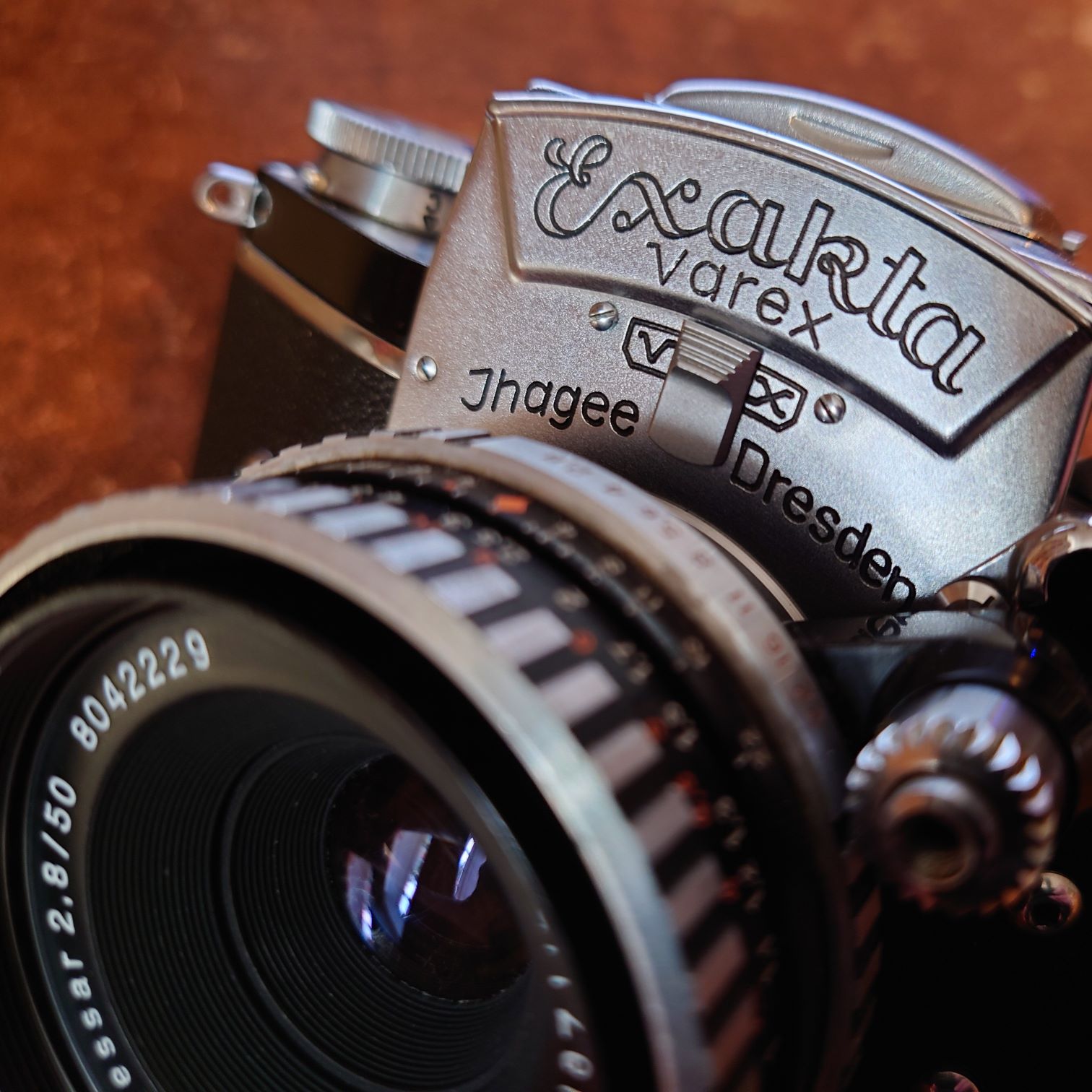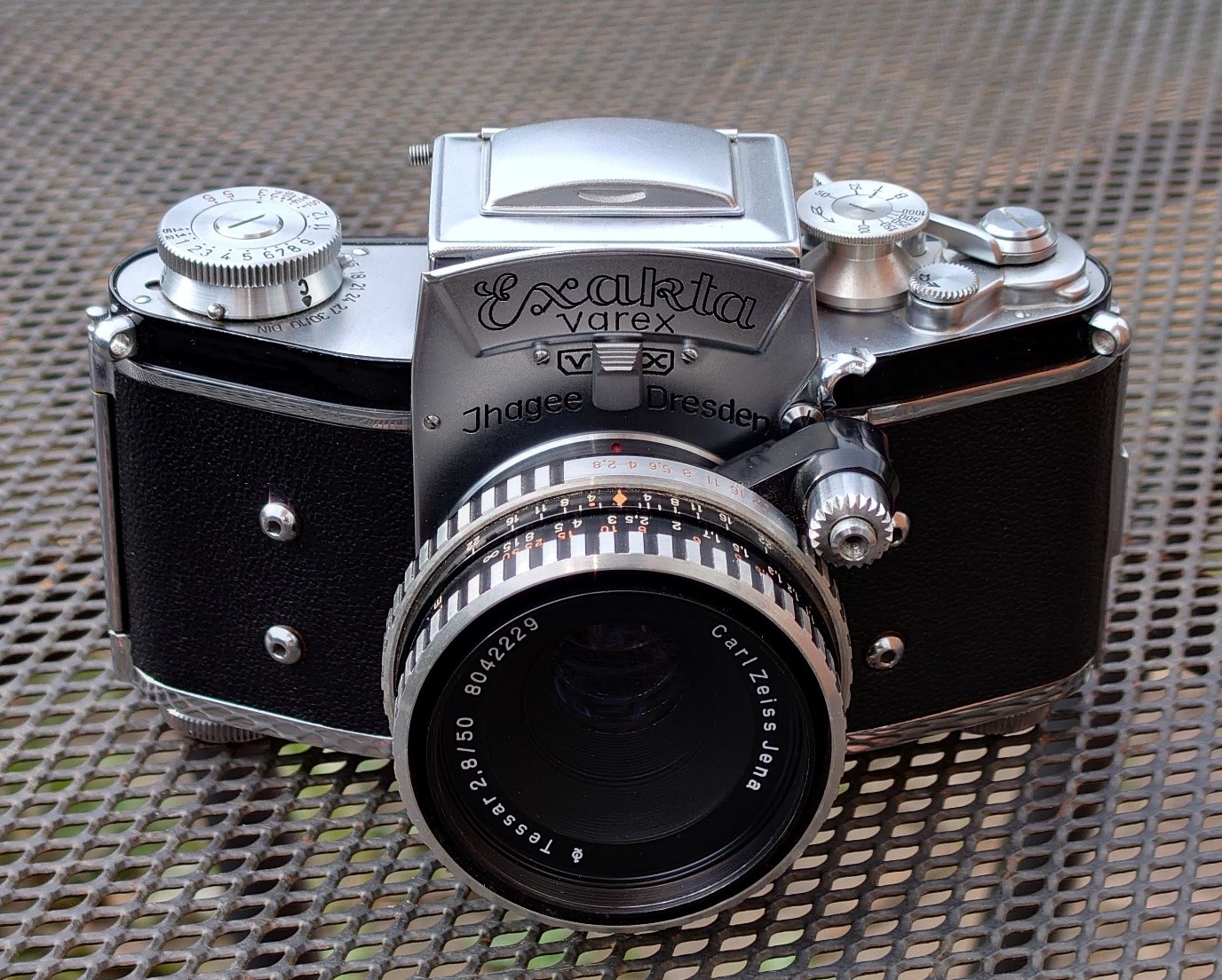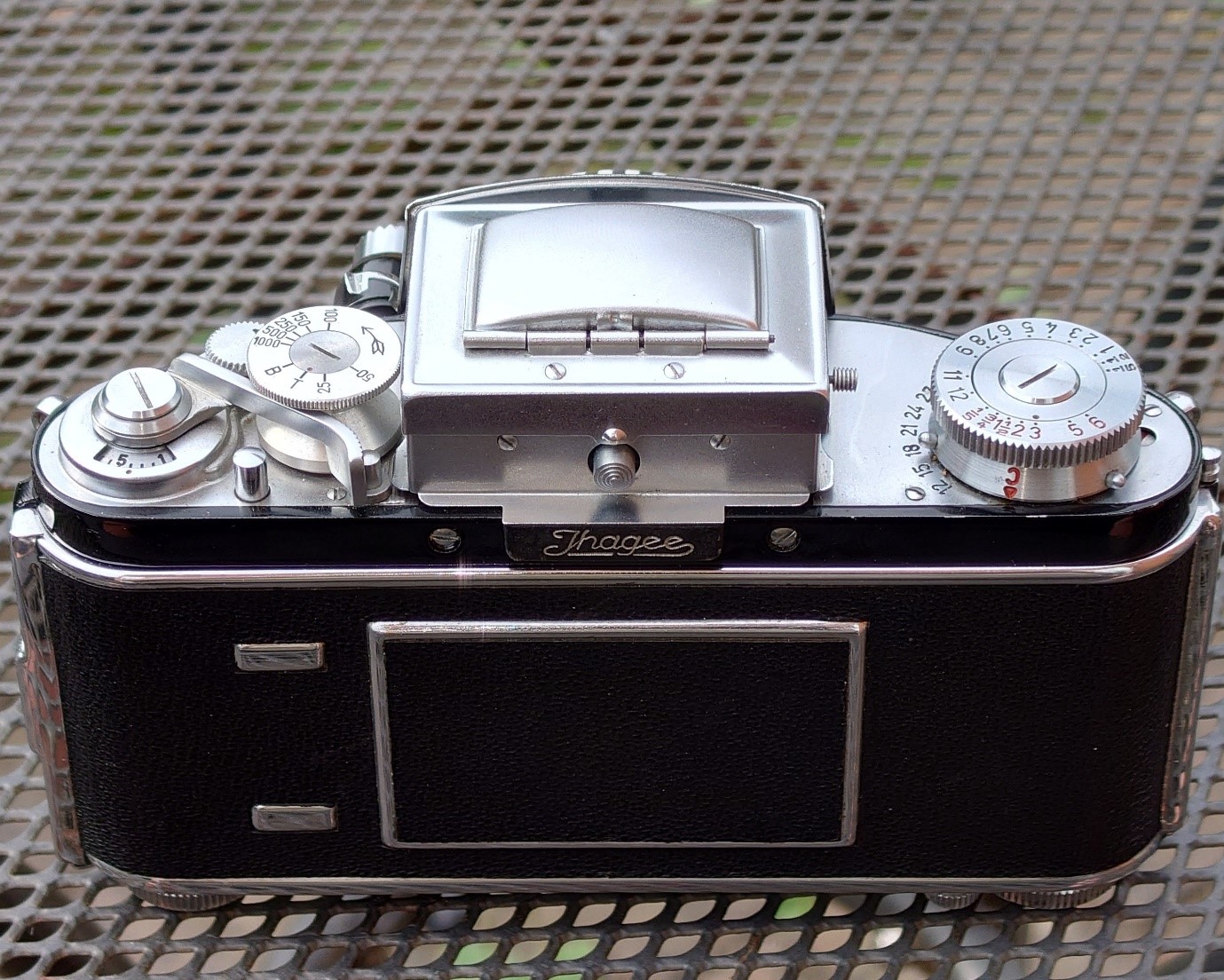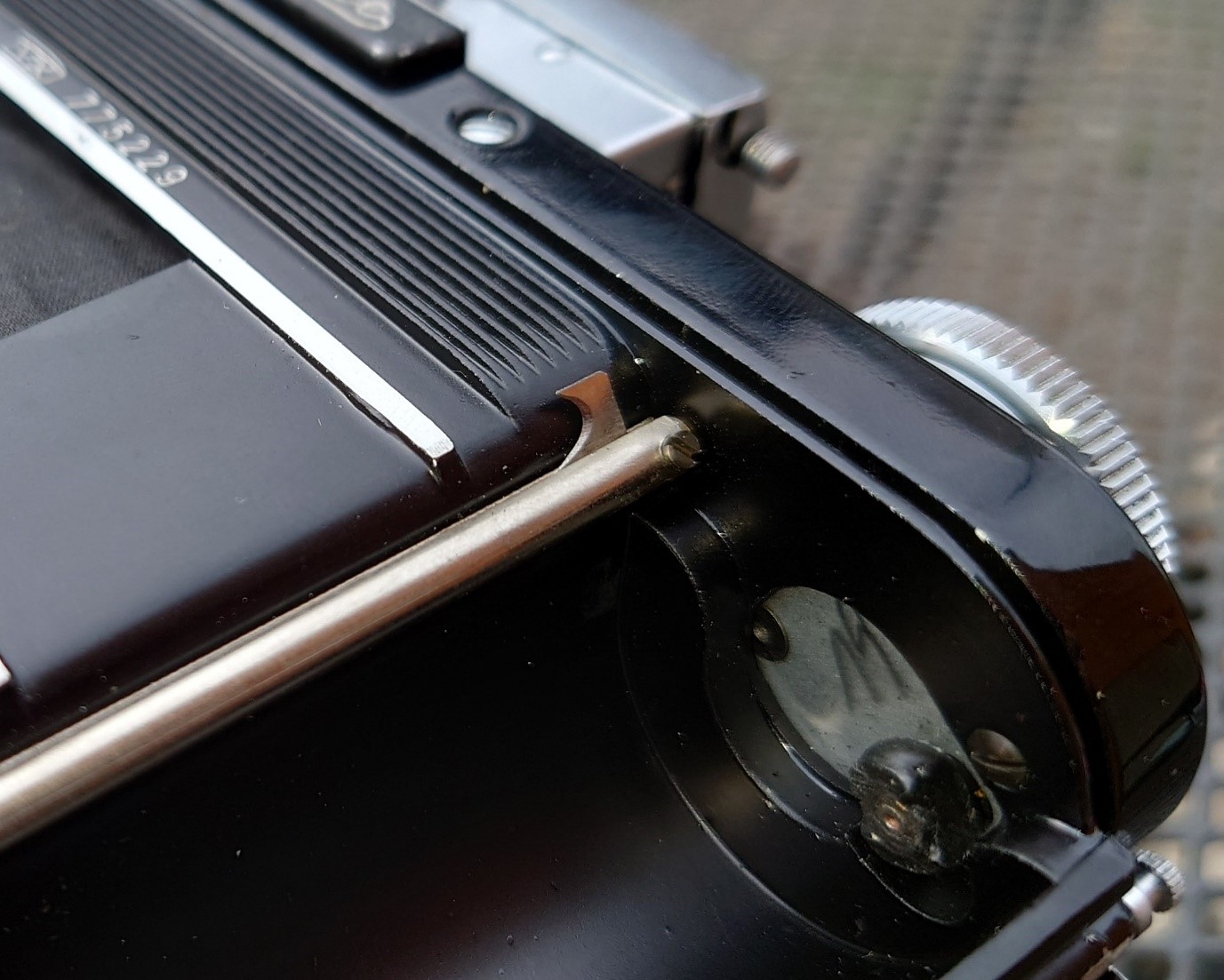 We photographers are a funny bunch, we tend to be very partisan about the cameras we use in a way that artists are not about their brushes. I am friends with a few artists whose use oils and watercolours and none of them defend or promote a particular paintbrush over another. They may well be partial to a particular paint brand which would correlate to our film or colour rendering intent and they may well prefer a certain type of canvas or paper much as we do, but I have not heard arguments between them over which is the best paintbrush. So, what’s this rambling all about I hear you say.
We photographers are a funny bunch, we tend to be very partisan about the cameras we use in a way that artists are not about their brushes. I am friends with a few artists whose use oils and watercolours and none of them defend or promote a particular paintbrush over another. They may well be partial to a particular paint brand which would correlate to our film or colour rendering intent and they may well prefer a certain type of canvas or paper much as we do, but I have not heard arguments between them over which is the best paintbrush. So, what’s this rambling all about I hear you say.
Well as medical photographers most of us will have had the enviable good fortune to use a variety of lusted after equipment during our careers. I have used many different Nikons through to F2’s and F3’s, Pentax LX, of course Leicas in the form of MDa and M1 then Contax N digital, now there’s a rarity and we still have three of them acting as paperweights, right through to modern Canon digital marvels. Let’s not forget medium format with Hasselblads and Rolleiflexs, my personal favourite, be it TLR or my beloved SL66e. Oh and then there is large format, MPP and Sinar to name a couple, oh and what about that heavyweight DeVere Devon and the Linhof…the list goes on as does the author at times. As I look back, out of all the 35mm cameras I used to take medical images with, there is one, not listed above, which I love dearly and had a hard time using. I still do, and I still persevere with them for some masochistic reason…the left-handed, blood drawing Ihagee Exakta Varex VX. Ahhh those were the days.

The Exacta Varex VX with a 1Q 50mm f2.8 Tessar.
Now, I have not been practising the dark art of medical photography that long, just about 30 years in all, so as a young’un why was I using an Exakta from the 1950’s? Good question and the answer is, I have no idea. Our department did seem to be a bit of a museum at times with various items of kit going back to the golden days. That 16mm Beaulieu with Angenieux lenses was an eye catcher as was the wartime 35mm triple turret Arriflex with Zeiss lenses and then there was the made in Dresden, Germany, Exakta Varex VX. Sitting proudly, the body clothed in black leatherette, shiny black paint and polished chrome, a beauty ready to draw blood from the unwary with the loading of their very first film.
Our particular vampire was set up with a Novoflex bellows and a Rollei pistol grip to take easy 1:1 images. Easy, far from it. If you have never used an Exakta Varex you might be surprised at how different it is from a normal 35mm SLR and you had to have your wits about you. The film is loaded on the right hand side of the body and not the left, although the wind on lever is on the left of the top plate along with the shutter speed dial whereas the shutter release is also on the left but placed on the front of the body, which is all very convenient if you are right handed. The clockwork shutter is a marvel, yes clockwork, you physically have to wind it up for slow speeds below 1/25 sec by setting main shutter speed dial to T and winding on the auxiliary shutter speed dial on the right of the top plate to give speeds of 1/5, 1/2, 1, 2, 3, 4, 5, 6, 7, 8, 9, 11,and 12 seconds all clearly engraved in black and not to be confused with the clearly engraved in red, delayed action speeds of 1/5, 3/4, 1, 1/2, 2, 3, 5 and 6 seconds, very useful I hear you say. Actually, what was useful was the ability to change the waist level finder to a pentaprism making close up viewing a breeze through the bright ground glass screen and fresnel lens, if one was fitted.

Rear view of the Varex showing plenty of knobs and dials to twist and turn and get confused over.
But what’s this bloodletting fetish the camera has that he keeps going on about I hear you ask. Well, to the unaware the Exakta has a neatly hidden, extremely sharp, hooked knife right where you place your thumb when loading film. This built-in scalpel is there to enable an easy mid roll change of film when winding on from cassette to cassette by surgically slicing the celluloid and thereby negating film wastage, brilliant, why did no one else adopt this?

The Exacta Varex and its built in DIY surgical device to slice film and your thumb, not necessarily in that order.
The lenses as we all know are what matter most at the end of the day and the Exakta was blessed with many options from many manufacturers, from the cheap and will just about do, through to the expensive, exotic and sublime. A whole book can be written on these optics; however, I only have two lenses for my two Exaktas, the good old dependable Carl Zeiss Jena f2.8 50mm Tessar and a Carl Zeiss Jena f4 135mm Sonnar. These are both Q1 quality deemed the best for export to the West from the DDR. The exotic stuff is still expensive to this day when found in pristine condition and donations are gratefully received and appreciated. Our close-up set up in the department was based on the 135mm f4 and the images it created after practice and in the right hands were the equal of a renowned German five letter brand, and in my opinion the cameras were far more fun to use.
The Exakta is certainly a camera that you either love or hate and the history of the company is a fascinating read as is tracking down all the various models made over the years. I bought a Varex VX pictured throughout this article and a much later IIb, so that alone says something. The cameras quirky handling just makes you want to explore its capabilities and caress that black and chrome oddly shaped body…ouch that bloody knife again.
Yes, those were the days.
Darrin Hawkins AIS ARPS
